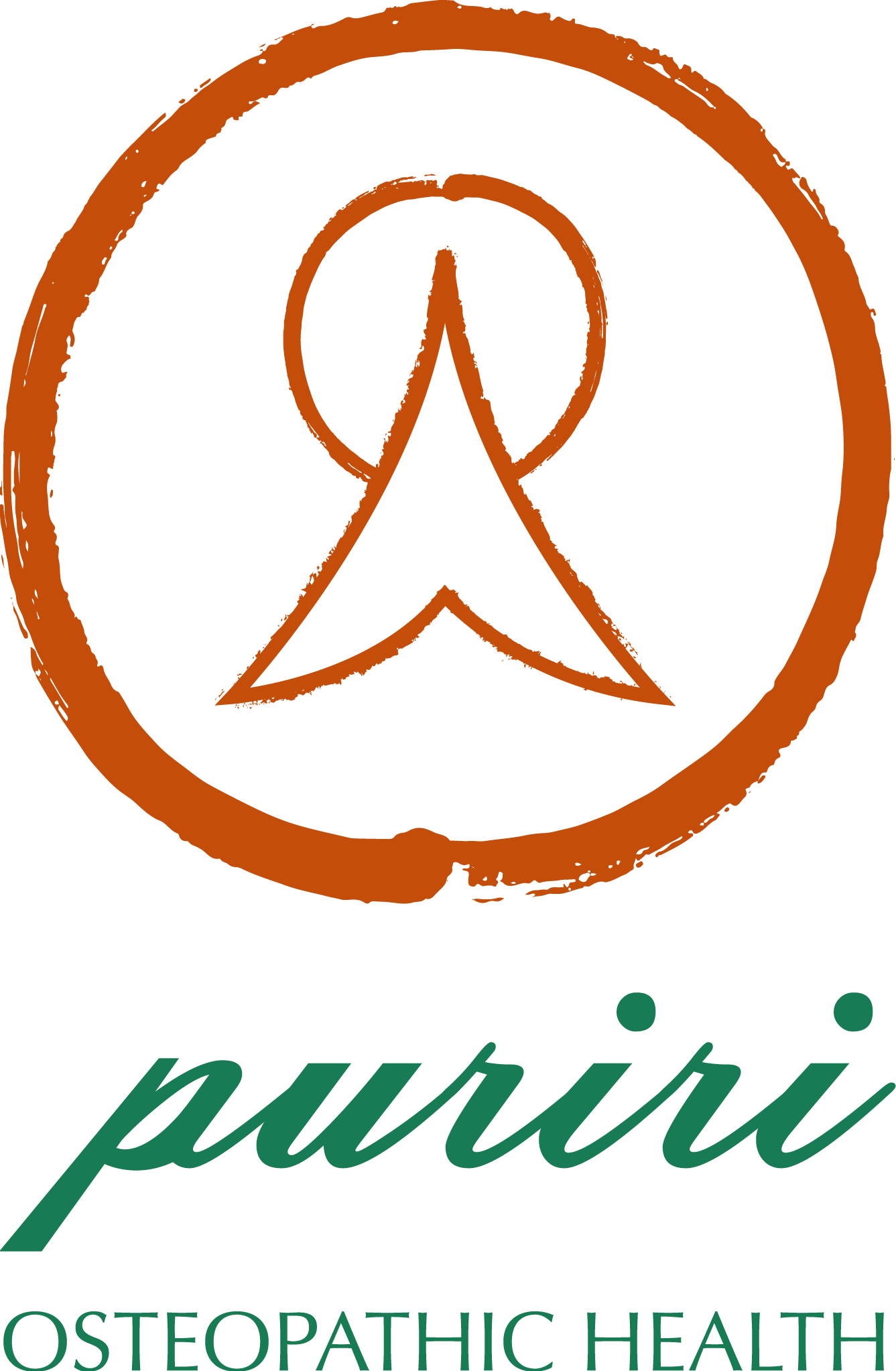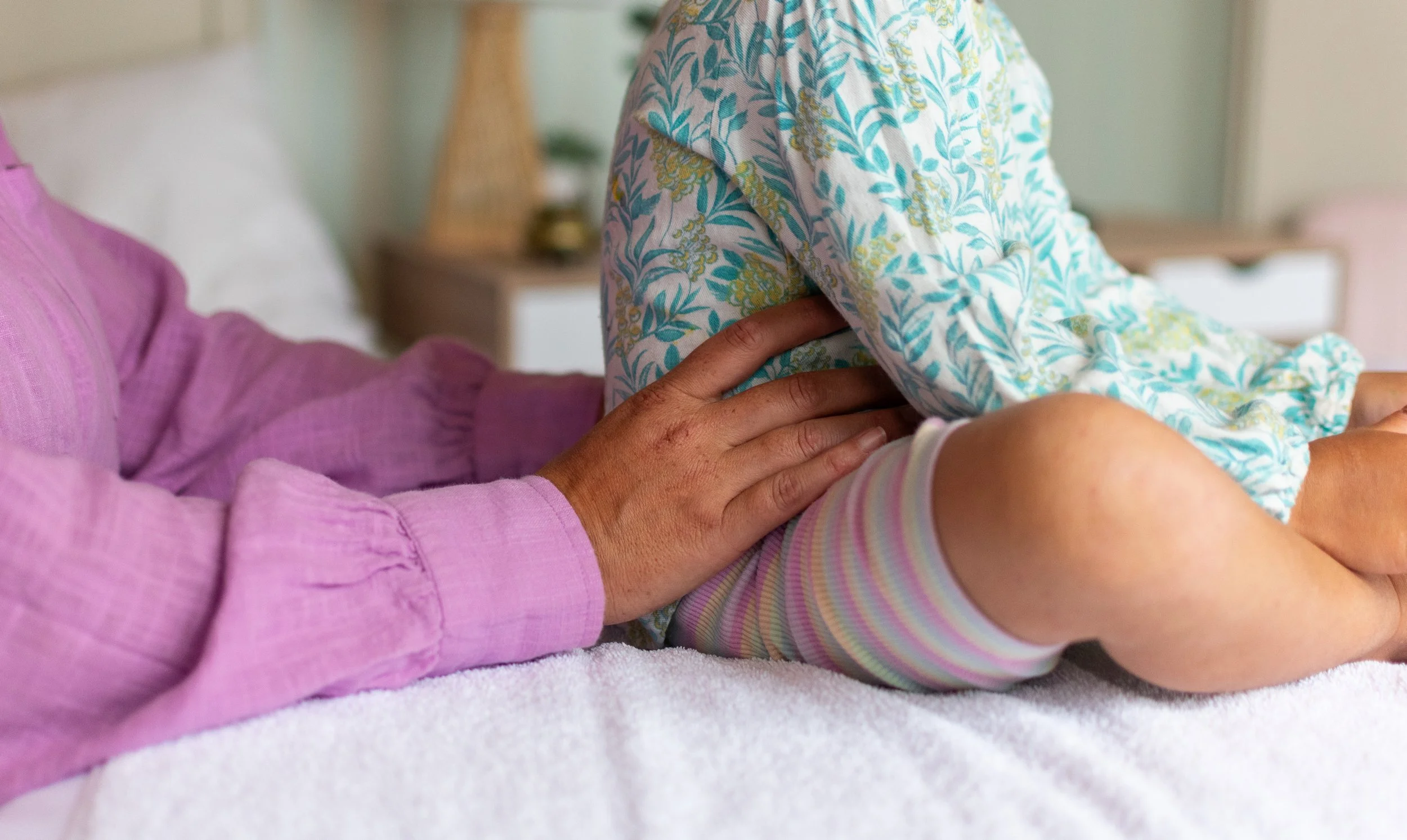
Hands on Osteopathic Healthcare for the whole family.
Osteopathic Consult, Physical Examination & Treatment
A thorough history regarding the complaint as well as a medical history is taken during the time of the consult. This information will give the Osteopath a general picture of overall health as well as to ascertain whether or not Osteopathic treatment is suitable and to identify any need to refer to medical experts or other health practitioners. Any x-rays, MRI’s, scans, medical reports, blood tests and Plunket book for babies are useful at this stage.
The aim of the Osteopathic physical examination is to distinguish the qualitative relationship between the tissues of the body and the body as a whole. Are the joints, ligaments, muscles, fluid circulation in harmony with the rest of the body? If not, where is the disconnection, disruption in nerve and blood supply and in what tissues, body system? The Osteopath will assess this by observing how well the body moves in active and passive range of motion and by the palpation of muscles, joints and ligaments at both a local level and wider area of the body.
Examples of other diagnostic tests used in examination include orthopaedic, neurological and/or body systems examination. Osteopathic treatment uses a gentle and effortless ‘hands on’ technique and pressure that is applied to body. There are no forceful or strong manipulative techniques that are used.
Consent: It is important to note that the Osteopath will ask for consent to proceed with the Osteopathic consult, examination and treatment and is happy to discuss any questions you may have to ensure understanding and comfort before proceeding at any stage of the consult.
Osteopathic Registration/ACC accredited
In Aotearoa, NZ osteopaths are government regulated by The Osteopathic Council of New Zealand and are ACC accredited health providers. This includes submitting a new claim or injury.
Osteopaths are primary health care practitioners which means you do not require a referral from a GP to see an osteopath.


